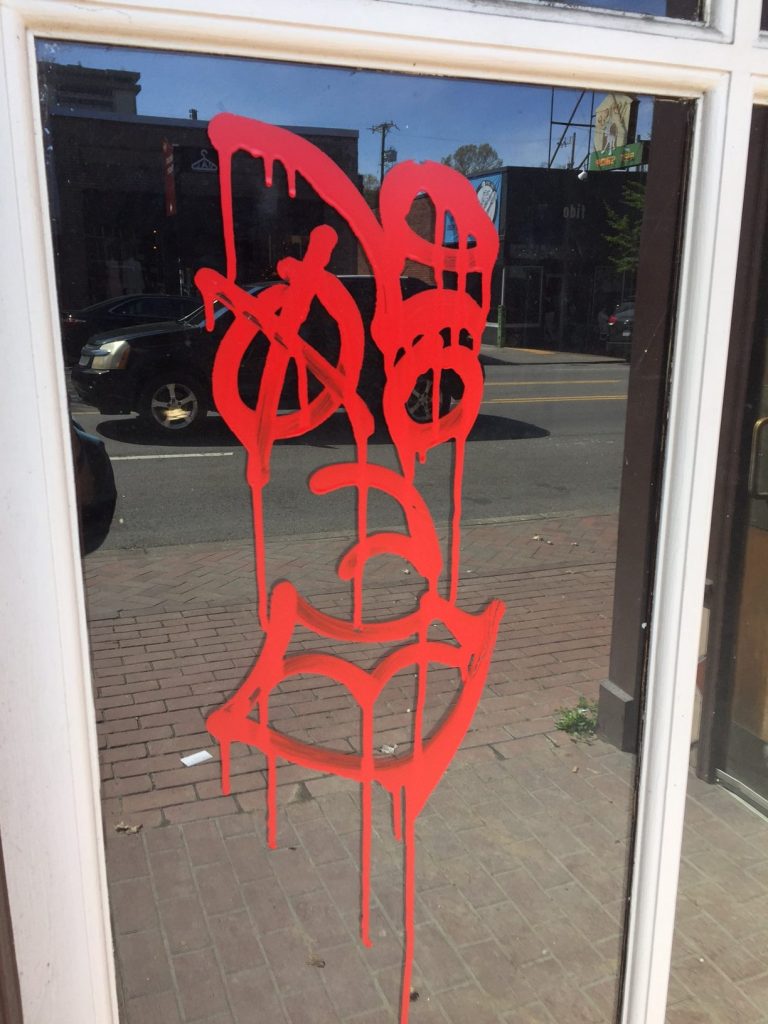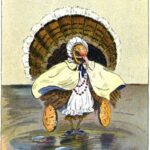 Edgar Allan Poe hated allegory. Most of his stories are just stories. That doesn’t mean they’re one-dimensional, but he didn’t usually have a clear moral or message or metaphor in mind, which makes The Masque Of The Red Death a weird story for him. Then again he also liked to dabble and experiment and he was kind of a joker—hey, the guy authorized his worst enemy to write his biography, but that’s another story. It’s also one of Poe’s most famous stories, one of several that Roger Corman decided to adapt from 1960 to 1965, starring—of course—Vincent Price–and which he then remade—unfortunately without Vincent Price—in 1989, although the plot needed a lot of beefing up. Another adaptation was done by Wendy Pini, famous for the Elfquest graphic novels, as a web comic (NSFW), this time set in the distant future and full of polymorphously perverse characters who run the gender spectrum.
Edgar Allan Poe hated allegory. Most of his stories are just stories. That doesn’t mean they’re one-dimensional, but he didn’t usually have a clear moral or message or metaphor in mind, which makes The Masque Of The Red Death a weird story for him. Then again he also liked to dabble and experiment and he was kind of a joker—hey, the guy authorized his worst enemy to write his biography, but that’s another story. It’s also one of Poe’s most famous stories, one of several that Roger Corman decided to adapt from 1960 to 1965, starring—of course—Vincent Price–and which he then remade—unfortunately without Vincent Price—in 1989, although the plot needed a lot of beefing up. Another adaptation was done by Wendy Pini, famous for the Elfquest graphic novels, as a web comic (NSFW), this time set in the distant future and full of polymorphously perverse characters who run the gender spectrum.
Anyway, it’s written in third person, and set, like a fable or fairy tale, in a remote land, and its protagonist, Prince Prospero, is mostly absent from the story although he is introduced as “happy and dauntless and sagacious”—that last is a favorite word of Poe’s and almost always used ironically. He’s a party guy, not much of a leader, and hopes to cheat death with a bunch of his friends by sealing himself off from the world, a plan that won’t work out and that’s only a spoiler if you don’t know anything about Poe. It was also a common technique. In Boccaccio’s Decameron, which may be one of Poe’s sources, a group of nobles try to escape from the plague by hiding out in a remote castle and telling each other sexy stories, and Poe may also have read at least one account of masked balls held in Paris during a cholera epidemic.
What’s even more unusual for Poe than the allegorical nature of the story is its use of color symbolism. Prince Prospero has seven rooms, possibly a reference to Shakespeare’s seven ages of man. Each room devoted to a single color and in a very specific order: blue, purple, green, orange, white, violet, and finally black. In The Annotated Tales of Edgar Allan Poe Stephen Peithman says, “Color symbolism is a tricky business,” but based on the context it’s possible to make some informed guesses. Blue, for instance, symbolizes the dawning of life, and is also the color of morning. Purple is blue colored by red–that first rush of blood. Green is the color of growth and renewal, spring and summer. Orange is an autumn color, and the color of the setting sun, white is the color of age–of whitening hair, and also winter and snow, violet is purple mixed with white, a color mid-life crisis, and then black is oblivion, the absence of color. Each room has stained glass windows, all lit from behind by braziers–even the sun is shut out of Prospero’s world–of corresponding colors, except for the black room where the window is “a deep blood color”. Blood is the very essence of life, but also the mark of the plague Prospero and pals want to escape.
And if the symbolism isn’t heavy enough the final black room has a giant ebony clock and every time it strikes all the partying stops, briefly, until that moment in the story when the guest who crashes every party shows up.
And Darkness and Decay and the Red Death held illimitable dominion over all.






I taught Poe for a long time, and if I was still in the classroom, I would definitely use this with my students–an excellent analysis/explanation of the tale!
I’m just a Poe boy and I’d be thrilled if a teacher used this in the classroom. I’m glad you enjoyed it.
A red letter post, Chris, which I’m glad I read. Thank you.
I’m tickled pink that this post was black, white, and read by you.
Pingback: How To Get A Head. - Freethinkers Anonymous